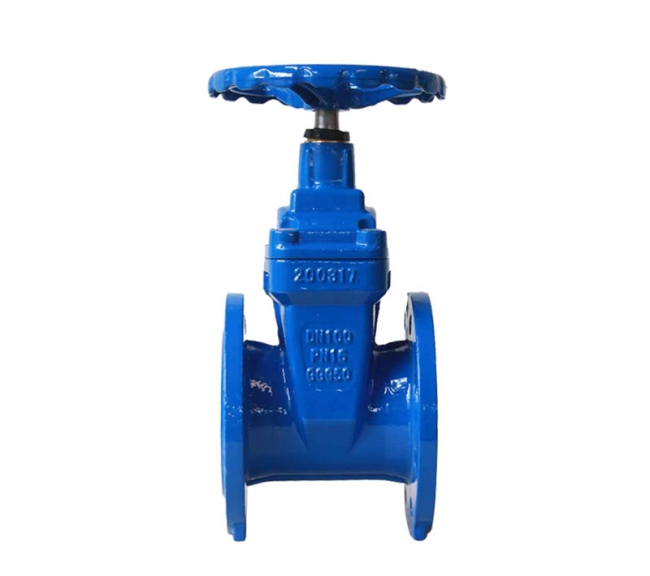The gate valve is a gate for opening and closing. The movement direction of the gate is perpendicular to the direction of the fluid. The gate valve can only be fully opened and fully closed, and cannot be adjusted or throttled. The gate valve is sealed through the contact between the valve seat and the gate plate. Usually, the sealing surface will be welded with metal materials to increase wear resistance, such as 1Cr13, STL6, stainless steel, etc. The gate has a rigid gate and an elastic gate. According to the difference of the gate, the gate valve is divided into a rigid gate valve and an elastic gate valve.

The opening and closing part of the gate valve is a gate. The movement direction of the gate is perpendicular to the direction of the fluid. The gate valve can only be fully opened and fully closed, and cannot be adjusted or throttled. The gate has two sealing surfaces. The two sealing surfaces of the more commonly used mode gate valves form a wedge. The wedge angle varies with valve parameters, usually 5°, and 2°52' when the medium temperature is not high. The gate of the wedge gate valve can be made into a whole, called a rigid gate; it can also be made into a gate that can produce slight deformation to improve its manufacturability and compensate for the deviation of the sealing surface angle during the processing. The plate is called a flexible disc. When the gate valve is closed, the sealing surface can only rely on the medium pressure to seal, that is, relying on the medium pressure to press the sealing surface of the gate to the valve seat on the other side to ensure the sealing of the sealing surface, which is self-sealing. Most gate valves adopt forced sealing, that is, when the valve is closed, the gate must be forced against the seat by an external force to ensure the sealing performance of the sealing surface. The gate valve of the gate valve moves linearly with the valve stem, which is called the lifting stem gate valve, also called the rising stem gate valve. Usually, there is a trapezoidal thread on the lifting rod, through the nut on the top of the valve and the guide groove on the valve body, the rotary motion is changed into linear motion, that is, the operating torque is turned into operating thrust. When the valve is opened, when the lift height of the gate is equal to 1:1 times the valve diameter, the fluid channel is unblocked, but this position cannot be monitored during operation. In actual use, the apex of the valve stem is used as the mark, that is, the position where it cannot be opened, as its fully open position. In order to take into account the locking phenomenon of temperature changes, it is usually opened to the top position, and then back 1/2-1 circle, as the position of the fully open valve. Therefore, the fully open position of the valve is determined by the position of the gate, that is, the stroke. In some gate valves, the stem nut is set on the gate, and the rotation of the handwheel drives the rotation of the valve stem to lift the gate. This kind of valve is called rotating stem gate valve, or non-rising stem gate valve.